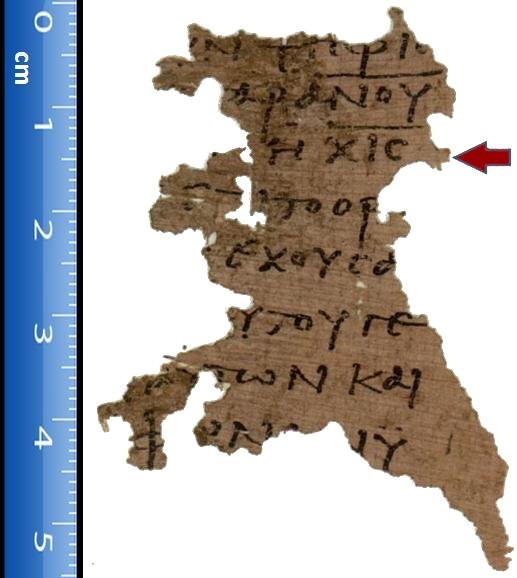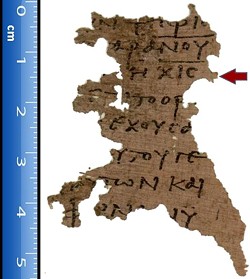[
{
"name": "Top Stories Video Pair",
"insertPoint": "7",
"component": "17087298",
"parentWrapperClass": "fdn-ads-inline-content-block",
"requiredCountToDisplay": "1"
}
]
Quick, what's the sum of the numbers on a roulette wheel? You could add 1 to 2 to 3, all the way up to 36 — or you could note that 1+ 36 is equal to 2 + 35, and so on, all the way up to 18 + 19. That's 37, 18 times over, or 666. And 666, as everyone knows, is the Number of the Beast. Or was, until 1999. That's when 666 lost some of its notoriety.
The "beastly" connection of 666 comes from a riddle in chapter 13, verse 18 of the last book of the Bible, Revelation. The King James version reads, "Here is wisdom. Let him that hath understanding count the number of the beast: for it is the number of a man; and his number is six hundred threescore and six." Previously, chapter 13 described a vision of two horned beasts, the first of which — the one referred to in verse 18 — has seven heads with blasphemous names (from the Christian point of view), including standard titles given to Roman emperors: "Lord and Savior" and "Savior of the World."
Although the King James version gives the Number of the Beast as 666, as do most modern translations (not to mention The DaVinci Code, The Omen and countless other references in popular culture), 616 has long been an also-ran. The Novum Testamentum Graece (Greek New Testament) of 1514, for instance, has 616, not 666. More importantly, 616 is found in the very oldest fragment of Revelation, dating to about 300 CE, found at the archeologically rich site of Oxyrhynchus in southern Egypt. Unearthed in 1895, the fragment (see photo) was illegible until the advent of ultraviolet imaging. When published in 1999, it pretty much put the kibosh on the 666 tradition. The number is in the third line: chi-iota-stigma, or hexakosiai-deka-hex: 616.
But whether the correct number is 666 or 616, it probably refers to one particular "beast," the Roman emperor Nero, who reigned from 54 to 68 CE. John, author of the book of Revelation (sometimes called the Apocalypse, or "unveiling," of John) recorded his visions while living in a cave on the bucolic Aegean island of Patmos, possibly during or soon after the reign of Nero, whom John considered the arch-enemy of the new Christian faith. According to Ellen Aitken, professor of early Christian history at McGill University, Revelation is actually a thinly disguised political tract, "a critique of the politics and societies of the Roman Empire ... written in coded language and riddles." Transliterating Nero's Greek name and title "Neron Caesar" into Hebrew, in which letters stand for numbers, gives 666. Doing the same with the Latin version, "Nro Caesar" gives 616.
So that tasteful "666" tat you got during your Megadeth phase? Sorry, 616 is the new 666. And the roulette wheel no longer symbolizes Nero-the-Beast — who, as it turns out, probably wasn't that bad a guy after all.
Barry Evans ([email protected]) saw only lush green fields and the blue Aegean Sea from John's cave
on Patmos. The only horned beast
in sight was a goat.
Comments
Showing 1-1 of 1
more from the author
-
A Brief History of Dildos
- Apr 11, 2024
-
Eclipse!
- Mar 28, 2024
-
The Little Drone that Could
- Mar 14, 2024
- More »
Latest in Field Notes
Readers also liked…
-
Trouble on the Line: The Reality Part 2
- Nov 3, 2022


































